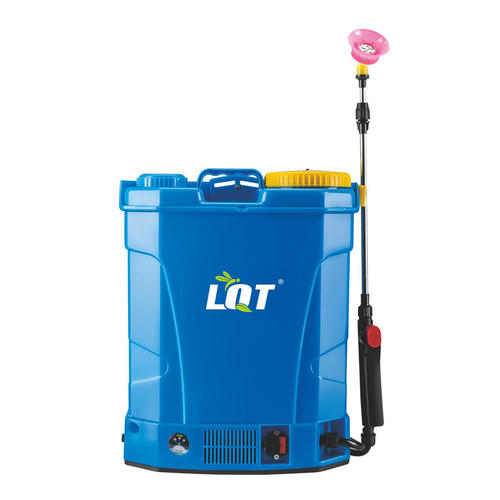Knapsack sprayers are equipped with storage tanks of fertilizer, pesticides, or herbicides. Farmers carrying these agricultural knapsack sprayers can spray on gardens or trees. The farmer uses his right hand to control the nozzle and his left hand to control the pump handle to maintain the pressure in the water tank. Backpack sprayers are more convenient than replacement sprayers. The sprayer must be carried by hand and placed on the ground for pumping.
Many farmers believe that the use of knapsack sprayers is a step backward because large sprayers are fast and effective. However, knapsack sprayers are still used in large farms.
The first is point spray. Cabbage farmers often find plants infested by aphids here and there. These are easy to recognize because the cabbage aphids curl the leaves and leave obvious white marks.
Instead of using a tractor-mounted sprayer to treat the land, it is better to put on a backpack and spray only the infected plants. You will be able to spray them more thoroughly, kill the entire colony and save tractor costs and pesticides.
Aphids sometimes enter the land and settle on young cabbage. When the transplant is about one month old, the aphids will fall on the growth tip and are difficult to control with a boom sprayer. In this case, use the rucksack to move between the plants and concentrate the spray only on that area.
The permeability will be much better than the sprayer installed on the tractor, and the spray bar of its Rechargeable Battery Sprayer will also cover the open ground between the plants, resulting in waste.
It is not even necessary to wet the outside of the leaves. Focus on the inside, because if it is not sprayed properly, it may become a source of continued reinfection.
This method is very economical because you can plant one plant per second on average, which can cover 1 hectare a day.
But remember to spray only one row in the same pass; spraying rows to the left and right will slow down the process. In order to save more time, please provide your workers with a bucket of mixed products.
Because you are not wasting chemicals, you can even afford more effective products.
For weeds that require glyphosate (such as nutgrass), spot sprays are also useful. Here, regrowth usually occurs in patches or plants that appear here and there. With a backpack, you can concentrate on spraying these things.
NEXT:How To Maintain The Electric Sprayer And Matters Needing Attention

 English
English Español
Español














